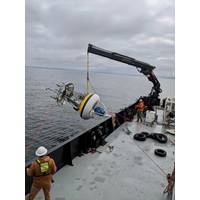
Synchro: Helping to Pull Emerging Tech through the “Valley of Death”
Taking subsea technology from the workbench to commercialization has always been fraught with hurdles and sinkholes. Synchro is a new co-designed testbed to synchronize and evolve tech solutions. Henry Ruhl, Director, and Amy West, Program Manager of Synchro discuss with the possibilities for technology developers. As anyone in the subsea sector can attest, new tech can have its growth trajectory stunted or killed by lack of facilities, funding [or both]. Enter Synchro, which is a co-design lab to synchronize the evolution of technology for industry, aiming to accelerate the development, adoption
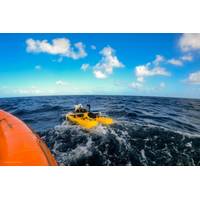
Australia Creates Permit-Free, Autonomous Marine Tech Test Area
For the first time in Australia, autonomous marine technology developers have a location to safely test autonomous vessels without needing to apply for a permit. The Australian Institute of Marine Science’s ReefWorks inshore test range, near Townsville in north Queensland, was granted regulatory sandbox approval for uncrewed vessels from the Australian Maritime Safety Authority (AMSA).It’s the first approval issued under a proposed Australian Maritime Regulatory Sandbox advocated by Trusted Autonomous Systems (TAS), AIMS and AMC Search. The five-year agreement allows for permit-free
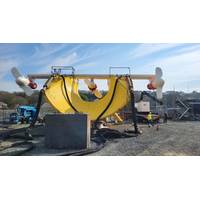
Wales’ Marine Test Center Expands Its Capabilities
to the facility have also been granted above the water to allow larger surface infrastructure to support device testing.Saul Young, META Operations Manager, said:"We have expanded the consented parameters for the META scale tidal stream and wave energy sites to facilitate the needs of technology developers who would like to test at META. It is our aim to keep developing the test site in line with industry requirements and continue to build a hub for marine energy research and innovation in Wales.”Tidal Testing Tool Put Through Paces at Wales’ National Marine Test Site, MET
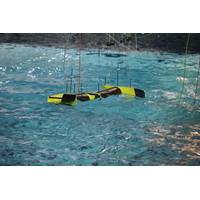
Mocean Energy Starts Tank Testing Models for 250kW Wave Energy Machine
Mocean Energy has started tank testing models of its 250kW Blue Horizon wave energy machine as part of the EU-funded EuropeWave program.The Edinburgh-based wave power company is of seven technology developers awarded contracts for phase 1 of the €20 million R&D scheme, which will ultimately see three prototype technologies tested at the European Marine Energy Centre (EMEC) in Orkney and the Biscay Marine Energy Platform (BiMEP) in Spain.The eight-day development program is taking place at the FloWave test facility at the University of Edinburgh, which is able to generate representative sea
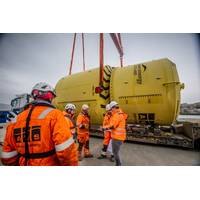
Wave Energy Device for Subsea Oilfield Assets Arrives in Orkney for EMEC Demo
welcome AWS and the Archimedes Waveswing to Orkney and support its deployment and testing at our site in Scapa Flow. “Real sea deployment is a vital step in proving the performance, reliability, and survivability of these devices. We know that prototype testing at sea is really valuable to technology developers to check how a technology and its components work and react in the environment prior to scaling up. We are looking forward to helping the team as they prove how to install, operate and maintain their exciting machine in Orkney’s harsh conditions.”
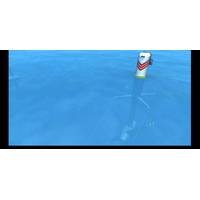
Six Offshore Renewable Tech Developers Get EU Support
to multi-device farms by providing free access to world-leading test centers: EMEC (UK), DMEC (NL), SEM REV (FR) and SmartBay (IE).Successful applicants receive free access to test their ocean energy products and services in real sea environments at the project’s network of test centers. Technology developers applied for support packages to test multi-device farms or single devices looking to scale up to multi-device in the future.The following technology developers were recommended for support packages under the 4th call by the Ocean DEMO Selection Board, and two of them already started testing
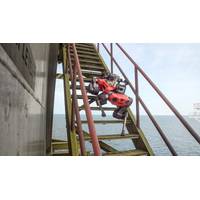
ROBOTICS: Meet Your New Offshore Robotic Co-workers; Charles, Eddie, ANYmal & Spot
of significant steps have been made in the world of offshore robotics; a number of legged and tracked robots made their first steps onto and around offshore facilities in Malaysia, the Netherlands, Norway and the US. For operators, it’s a big leap to have these things on facilities. For technology developers, it’s a big step towards future potential adoption offshore.In August last year (2020), Total Netherlands claimed a first offshore autonomous mission for an ATEX robot. The Taurob vehicle was used in the condensate recovery area of the bridge-linked K5 Central Complex offshore gas production
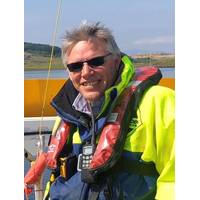
Riding the Tides: Interview with Jason Hayman, CEO, Sustainable Marine Energy
Hydro?Schottel has been in the marine sector for a long, long time with its propulsion units. About 10 years ago now, they started an initiative to start to (leverage their know-how from the propulsion units) and turn that into a tidal turbine. They have done some work for other tidal turbine technology developers, supplying drivetrain components and subsystems. And in the meantime, they’ve been developing this small drivetrain themselves. We were partnering with them for a while using their drivetrain in our early prototypes, then we reached a point where we said, "Okay, well, you guys
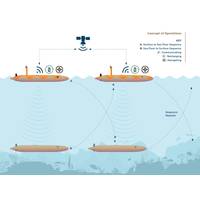
Charting Terradepth's Big Ambitions in the Unmanned Vehicle Space
more. The pace of change in the ocean mapping space has been fast in recent years. New entrants have come into the scene offering “force multiplier” mapping using autonomous underwater vehicles (AUVs) and unmanned surface vessels (USVs). Shell’s Ocean X-Prize challenged technology developers to come up with ever faster mapping techniques in deep water and to push new boundaries. And yet, largely, many operations are still being done the same way.AUVs are now also a relatively mature technology, although companies are nibbling at alternative ways to deploy and recover them without
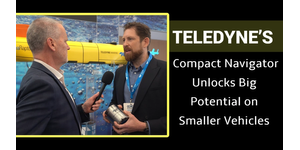
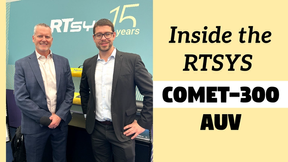

 February 2025
February 2025





